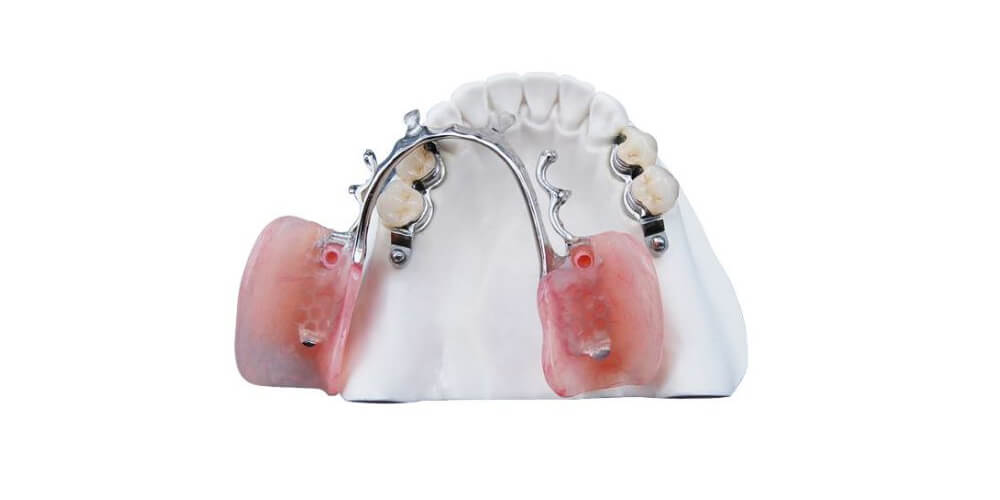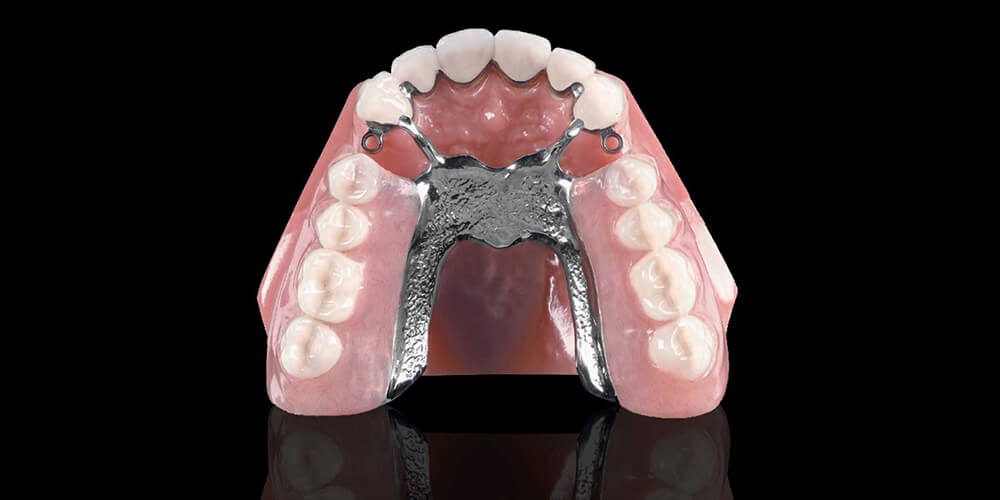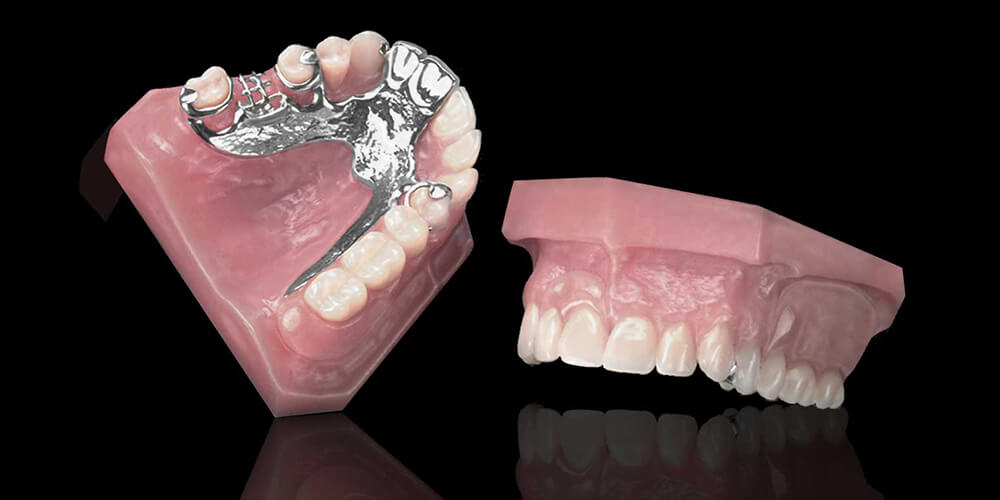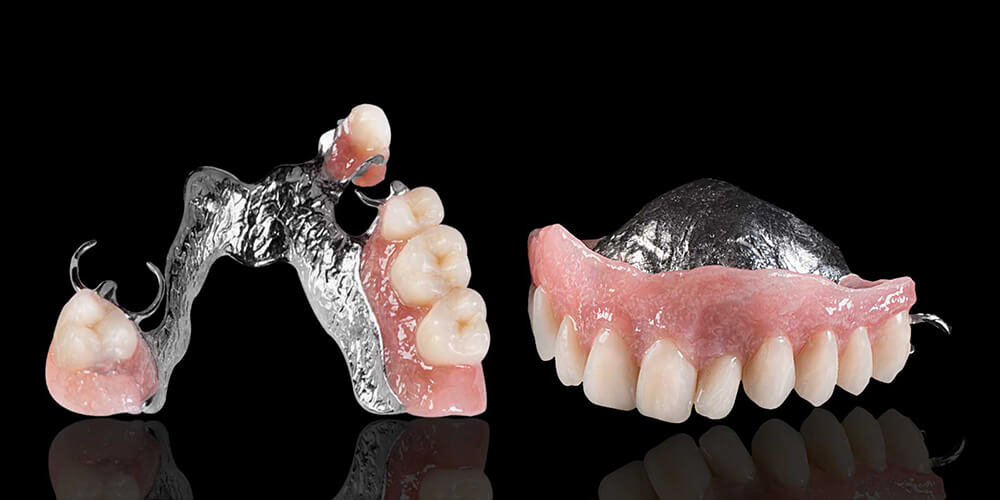Precision Attachments Lab from China

Robust Precision Attachments
Dental precision attachments connect removable partial dentures to a fixed bridge in a Male/Female locking mechanism. It can help restore dental arches for people who do not have enough natural teeth for a fixed bridge. Dental precision attachments can connect a removable partial denture to a fixed bridge for better fixation.
As a result, partial dentures become very aesthetic appealing to the patient. Aesthetically, from a patient’s perspective, they will smile confidently knowing that they have normal, beautiful, natural teeth.
Precision Attachments Types
Robust Precision Attachments Specification
| Product: | Precision attachment |
| Attachments: | SEVVO, MAGFIT, CEKA Preci-vertix, ERA, Bredent |
| Attachment/ Framework metal: | JinYuan/ Audental from China (FDA/ CE certified) |
| Standard acrylic base: | Stellon QC-20, Dentsply from USA |
| Premium acrylic base: | Probase, Ivoclar from Liechtenstein |
| Standard acrylic resin teeth: | New Ace, Yamahachi from Japan |
| Premium acrylic resin teeth: | Gnathostar, Ivoclar from Liechtenstein |
| Warranty for fixed restoration: | 5 years |
| Warranty for framework: | 2 years |
| Warranty for acrylic partial: | 1 year |
Dental Precision Attachment FAQ Guide
1. What are the benefits of a dental precision attachment?
Dental precision attachments are the best restorations where fixed restorations are not suitable. Worldwide dentistry experience with more than 1,000 cases over the past 50 years has revealed several key advantages of this type of dental device:
More tissue protection and retention
Dental precision attachments act as stress redirectors and absorbers. Their function is to preserve soft tissue and bone and provide retention. Typical attachment dentures rely on natural teeth and soft tissue for stability and support. They allow occlusal forces to be directed along the axial length of the supporting teeth, minimizing torque to the abutment. Besides, clasps do not provide an elastic mechanism to redistribute force to other areas of the mouth without causing movement or wear of the attached abutment or supporting tissue, but the direct retention function of precision attachments is more effective than retaining clasps.
Cosmetic Appearance and patient comfort
The dental repairing process often presents dentists and patients with a dilemma between functionality and aesthetics. Removable partial dentures are manufactured with clasps, rests, and reciprocating components that cause significant unpleasant aesthetics as well as wear and torque on the abutments. Attachment dentures do not contain clasps and rests, making them very natural looking. Whthout those clasps (but retention remains), patients feel more comfortable.
No surgery
A great allternative to precision attachments is implant treatment. However, some people are afraid of the surgical procedure of getting implants to the jawbone (or some people are too old to have a surgery). The healing process can be painful and last from 6 weeks to 3 months. The process of installing dental precision attachments takes much less time, and is not as painful as implant treatments.

2. What are the disadvantages of dental precision attachments?
While there are many advantages to dental precision attachments, there are inevitably some disadvantages as well. Its main disadvantages include:
- Teeth may require extensive preparation to provide the required space for the inner attachment.
- Attachments are prone to wear due to friction between metal parts. When it happens, the male part becomes loose, allowing for too much movement and threats to damage the abutment.
- They are very expensive to have.
3. How to choose the right dental precision attachment?
There are many factors you should take into consideration while trying to get your teeth repaired. The type of locking mechanism, the material of the attachment, and the intended use should all be considered when selecting a dental precision attachment. What is more important is whether your dental condition suits the dental precision attachment. So it is recommended that you consult your dentist for detailed information.

4. What steps are required to install dental precision attachments?
When it comes to teeth and dentures, every intervention you need starts with a consultation with your dentist. A quick exam can give them more information than you think, and you may need to do some x-rays so the professional will have a clear idea of what’s going on with your teeth.
- With the initial collection of information, your dentist will likely examine the pros and cons of each option you have. This may include additional treatment and preparation. If a dental precision attachment is what you really need, the process will take some time before the precision attachment is fully fabricated and ready to use.
- Your dentist will need to take an initial impression to begin the process. There will also be several appointments to make the necessary adjustments to the dentures. The dentist will also record your bite marks so everything fits perfectly! After a few appointments, your partial denture precision attachments are ready. This part is not difficult compared to other parts.
- Then comes the hard part – getting used to your new dentures. Even partial dentures have different kinds of attachments, but your dentist will give you all the information you need about removing or inserting them, and all the details on how to maintain them. So just be relieved and listen to your dentist.
5. How long does it take to install a dental precision attachment?
If for any reason you need a dental precision attachment, you need to know a few things before deciding to get it. There are many reasons why people lose their teeth or get their teeth partially damaged. Some include injuries, and some are due to health issues, but one thing is common – you need dentures to restore your smile and confidence. There are many ways to do this, and dental precision attachments are one solution. Usually, it takes several weeks to install the dental precision, but it is recommended that you consult your dentist for the exact time and make sure you allow enough time.

6. What are the installation requirements for dental precision attachment?
The success of installing dental precision attachments depends on creating an ideal structure for the oral cavity. All bridge-supporting teeth are prepared with a complete shoulder preparation (flat ledges). In other words, the prepared teeth are interconnected, the gingiva (gums) and the underlying bone. Any deficiencies must be corrected surgically to create a healthy and best architectural foundation to support dentistry. Dentistry must comply with sound biomechanical principles to minimize forces on this basis. These principles include narrow occlusal (biting surface) diameter, adequate hygienic space, proper length and anatomy, firm and passive fit, and adequate occlusion (occlusal) in a correct mandibular relationship. The importance of accurate impressions and models to the overall success of a precision accessory case cannot be overemphasized. Precision accessories must be used in a precise manner to maintain a high percentage of life. Great care must be taken to ensure that each step is precise; steps cannot be skipped or the final result will suffer. The strength of the entire chain depends on the weakest link. Precision accessories have to be matched with precision – the abutment has to be stable and the frame has to fit without rocks.
7. What guidelines should I follow when installing dental precision attachments?
- Abutments for precision attachment in removable partial dentures are selected to be splinted together.
- The length of the dental precision attachment is more important than the width.
- A full, narrow attachment is preferable to a short, wide attachment.
- The length of the attachment of the implanted abutment for the correct prosthesis is determined by the height of the clinical crown of the tooth.
- The length of the attachment of the implanted abutment for the correct prosthesis is determined by the height of the clinical crown of the tooth. If this is not feasible, precision attachments should be of equal length on both sides of similar teeth.

8. How are dental precision attachments fixed?
Even without a locking mechanism, a good dental precision attachment will not dislocate during normal function. The reason why the tooth precision attachment does not consistently dislodge is that it is rooted in both directions, so the path of insertion is different from the pull of the muscles and the action of both the tongue and cavity.
While the dental precision attachment does not shift as it works, it can move slightly in a vertical direction to release forces rather than transmitting them along to the abutment. The result is a physiological stimulation of the abutments and edentulous ridges. Clinical experience has shown that this physiological stimulation can prolong the life of the abutment, even when a few teeth are required to carry the load of the entire arch. Irritation of the edentulous ridge also prevents bone resorption, which often reduces tissue support for partial dentures. The tissue under the precise fit is usually healthy and firm. Surprisingly, attachments used in this way wear very little, even after many years of function!
While the prosthesis may need to be rearranged or altered to compensate for changes in bite, it is rarely necessary to adjust or replace the male attachments part. Some genes don’t stay overnight in a glass. It is worn 24 hours a day to prevent muscle atrophy and occlusion and is only removed when it is hygienic.
9. What is the system used for implanting dental precision attachments?
The LOCATOR Implant Attachment System is designed to cover dentures or partial dentures with full or partial implant retention in the mandible or maxilla. Note that the LOCATOR attachment can also go into root canal-treated teeth or rods.
Features:
- Minimum vertical height: The total height of the lowest LOCATOR Attachment (abutment plus male abutment) is only 3.17mm on external hexagonal implants and 2.73mm on non-hexagonal implants.
- Positioning design: Self-positioning design allows patients to easily place overdentures without requiring precise alignment of attachment components.
- Inner and outer retention: The unique dual retention innovation provides the LOCATOR attachment with greater retention surface area than any other attachment ever before. The combination of interior and exterior ensures the longest-lasting performance.
- Use with non-parallel implants: Angle-correcting nylon inserts allow for easy correction of divergent implants.
- Rotational pivoting action: The design of the Rotary LOCATOR joint allows for a resilient connection of the prosthesis without any loss of retention force. The retaining nylon male teeth are in full contact with the female sockets, while their metal denture caps perform a full range of rotational movement over the male teeth.




